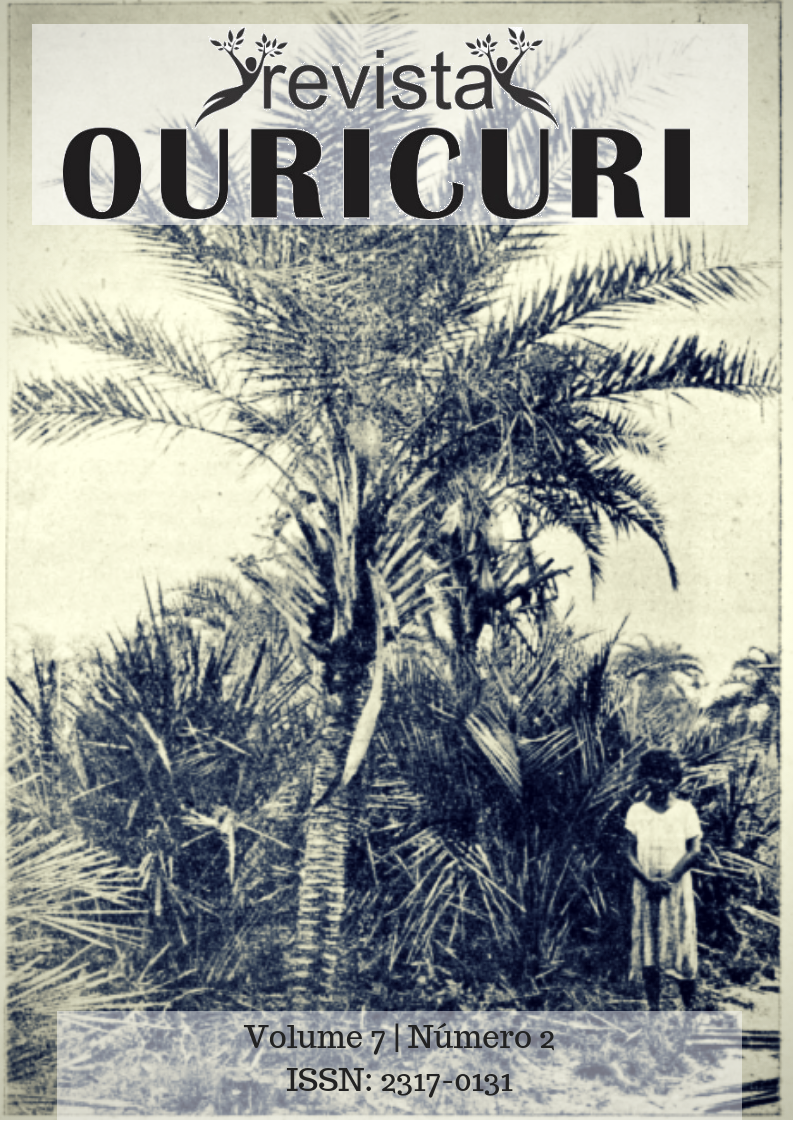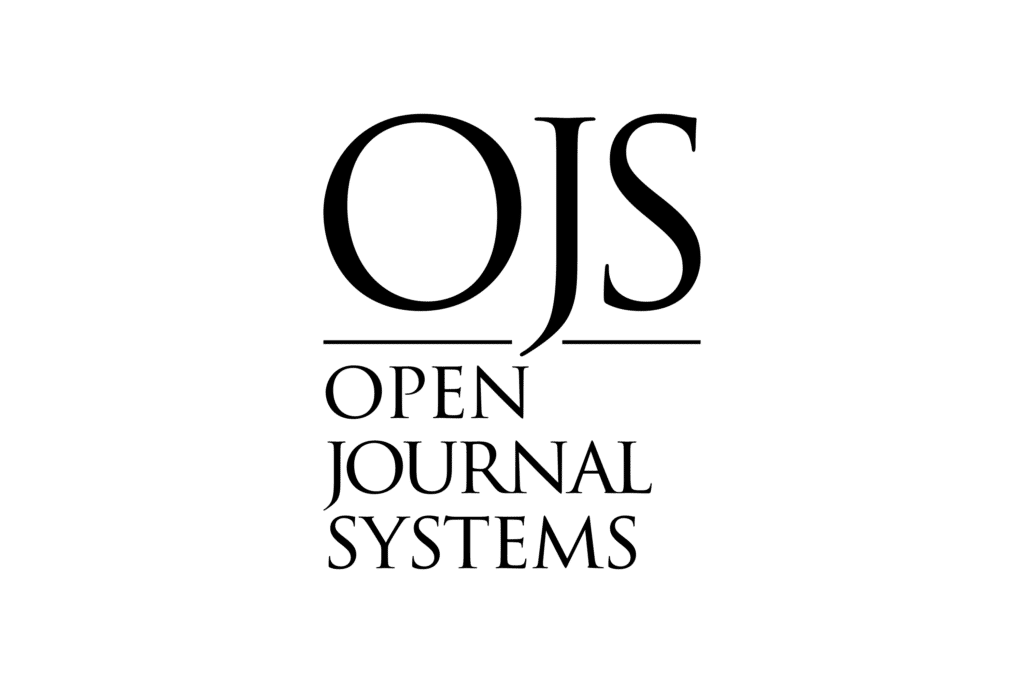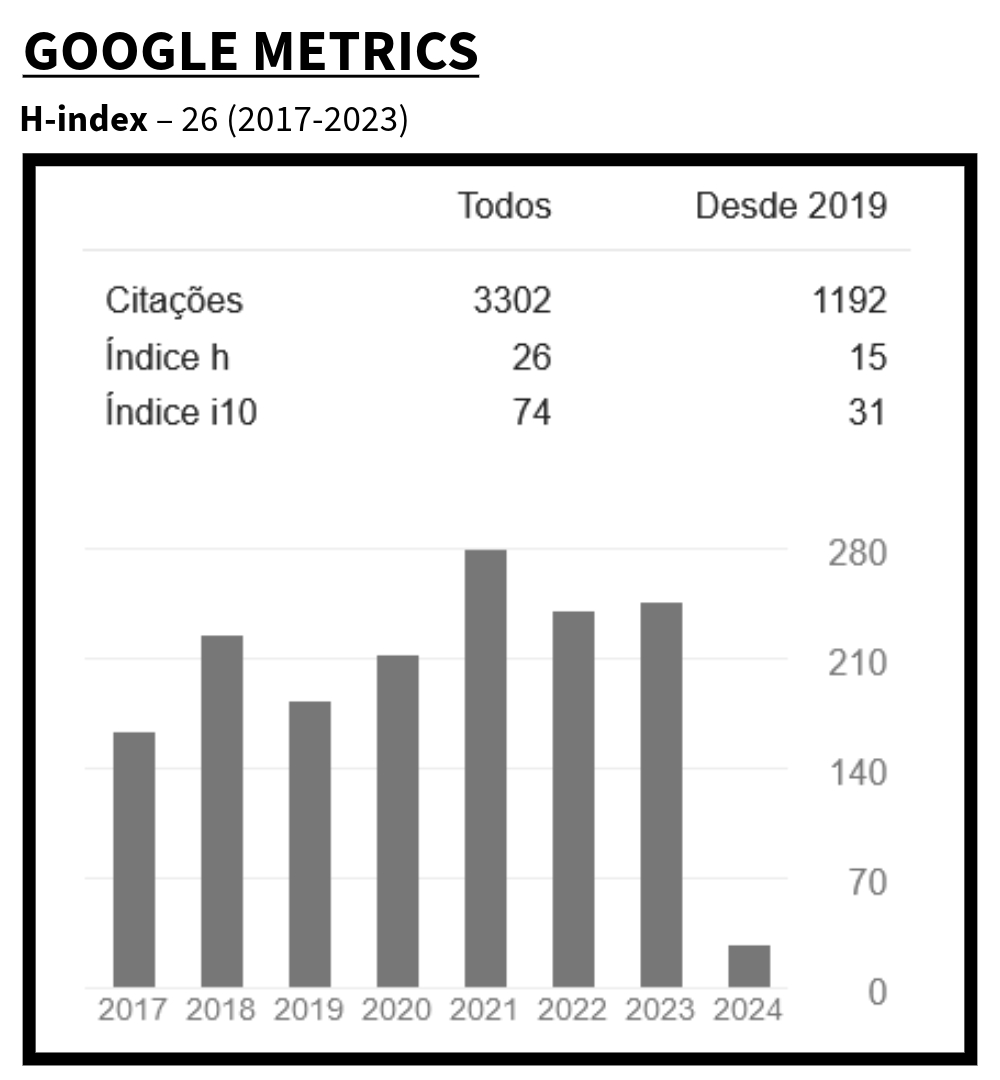ATIVIDADE REPRODUTIVA DA EISENIA FOETIDA (SAVIGNY, 1826) (HAPLOTAXIDA: LUMBRICIDAE) EM DIFERENTES HÁBITATS
DOI:
https://doi.org/10.59360/ouricuri.vol7.i2.a5486Keywords:
Minhocultura, Ruminantes, Resíduo vegetaisAbstract
Este artigo tem como proposta avaliar o comportamento reprodutivo da Eisenia foetida em diferentes substratos. Estudos anteriores buscam demonstrar que o esterco bovino é o substrato mais indicado devido às suas propriedades físico-químicas, porem existem outros substratos que se fazem viáveis, como o esterco de caprinos e ovinos, que tem baixo aproveitamento na região Nordeste, no entanto, existem poucos estudos sobre a produção de vermicomposto a partir dos dejetos de caprinos e ovinos. O bagaço da uva, seria uma outra opção de resíduo a ser utilizado como vermicomposto na região do Vale do São Francisco, polo da viticultura. Com o crescente aumento de resíduos orgânicos, a vermicompostagem é uma alternativa acessível, trazendo benefícios para a agricultura, promovendo melhorias para o solo, geração de renda e possibilitando um melhor aproveitamento dos resíduos sólidos.Downloads
References
ÁVILA, G.; GAETE, H.; MORALES, M.; NEAMAN, A. Reproducción de Eisenia foetida en suelos agrícolas de áreas mineras contaminadas por cobre y arsénico. Brasília, Pesquisa Agropecuária Brasileira, v. 42, n. 3, Mar, 2007.
ÁVILA, U. de. Criação de minhocas sem segredo. Guaíba: Agropecuária, 1999. 74 p.
AQUINO, A. M. de; ALMEIDA, D.L. de; FREIRE, L.R.; DE-POLLI, H. Reprodução de minhocas (Oligochaeta) em esterco bovino e bagaço de cana-de-açúcar. Pesquisa Agropecuária Brasileira, v.29, p.161-168. Fev, 1994.
AQUINO, A. M.; DE-POLLI, H. Utilização de Acetobacter diazotrophicus na vermicompostagem de esterco bovino e bagaço de cana-de-açúcar. In: SIMPÓSIO BRASILEIRO SOBRE MICROBIOLOGIA DO SOLO, 1., Jaboticabal, 1989. Revista de Microbiologia, São Paulo, v.20, n.2, p.110, 1989. Suplemento. Resumo.
AQUINO, A.M. de; ALMEIDA, D.L. de; SILVA, V.F.da. Utilização de minhocas na estabilização de resíduos orgânicos: vermicompostagem. Comunicado Técnico, EMBRAPA, n. 08, p. 1-6, dezembro 1992. Disponível em: <https://www.infoteca.cnptia.embrapa.br/infoteca/bitstream/doc/623371/1/cot008.pdf> Acesso em: 17 de maio 2017.
CAMARGO, U.A.; MASHIMA, C.H.; CZERMAINSKI, A.B.C. Avaliação de cultivares de uvas apirênicas no Vale do São Francisco. Comunicado Técnico, Embrapa Uva e Vinho, n. 26, p. 1-8, setembro 1997. Disponível em: < https://www.infoteca.cnptia.embrapa.br/infoteca/bitstream/doc/538404/1/cot026.pdf> Acesso em: 17 de maio 2017.
COSTA, R.G.; ALMEIDA, C.C.; PIMENTA-FILHO, E.C.; HOLANDA JUNIOR, E.V.; SANTOS, N.M. Caracterização do sistema de produção caprino e ovino na região semiárida do estado da Paraíba. Brasil. Archivos de zootecnia v. 57, n. 218, p. 195-205, 2008. Disponível em: http://www.redalyc.org/html/495/49515018012/ Acesso em: 26 de maio 2017.
DOMÍNGUEZ, J.; MARTÍNEZ-CORDEIRO, H.; ÁLVAREZ CASAS, M.; LORES, M. Vermicomposting grape marcyields high quality organic biofertilizer and bioactive polyphenols. Waste Manage. Res. 32, 1235–1240, 2014.
DOMINGUEZ, J.; SANCHEZ-HERNANDEZ, J.C.; LORES, M. Vermicomposting of Winemaking By-Products. In: GALANAKIS, C.M. Handbook of Grape Processing By-Products: Sustainable Solutions. Greece: Academic Press, 2017. p. 55-78.
DURÁN, L.; HENRÍQUEZ, C. Crecimiento y reproducción de la lombriz roja (Eisenia foetida) en cinco sustratos orgánicos. Agronomía Costarricense 33(2): 275-281. ISSN:0377-9424 / 2009. Disponível em: http://www.redalyc.org/html/436/43613279011/ Acesso em: 26 de maio 2017.
EDWARDS, C.A.; FLETCHER, K.E. Interactions between earthworms and microorganisms in organic-matter breakdown. Revista Elsevier, Agriculture, Ecosystems & Environment, v.24, Issues 1–3, p. 235-247. November 1988. Disponível em: https://doi.org/10.1016/0167-8809(88)90069-2. Acesso em: 26 de maio 2017.
FREDERICKSON, J.; KNIGHT, D. The use of anaerobically digested cattle solids for vermiculture. In: Edwards, C. A., Neuhauser, E. F. (eds) Earthworms in Waste and Environmental Management. SPB Academic Publishing, The Hague, pp. 33–47, 1988.
GARCIA, F. R. M.; ZIDKO, A. Criação de minhocas: as operárias do húmus. Porto Alegre: Editora Rígel, 2006. 112 p.
GARG, V. K.; CHAND, S.; CHHILLAR, A.; YADAV, A. Growth and reproduction of Eisenia foetida in various animal wastes during vermicomposting. Penkala Bt., Budapest, Hungary. Applied Ecology and Environmental Research 3(2): 51-59, 2005.
GARG, V. K.; YADAV, Y. K.; SHEORAN, A.; CHAND, S.; KAUSHIK, P. Livestock excreta management through vermicomposting using an epigeic earthworm Eisenia foetida. Environment Systems & Decisions, v. 26, Issue 4, p. 269–276, 2006.
GUNADI, B.; BLOUNT, C.; EDWARDS, C. A. The growth and fecundity of Eisenia fetida (Savigny) in cattle solids pre-composted for different periods. Soil Ecology Program, Department of Entomology, The Ohio State University, Columbus, U.S.A. Revista Elsevier, Pedobiologia, v. 46, ed. 1, p. 15-23, 2002.
GUNADI, B.; EDWARDS, C.A. The effects of multiple applications of different organic wastes on the growth, fecundity and survival of Eisenia fetida (Savigny) (Lumbricidae). Revista Elsevier, Pedobiologia, v. 47, p. 321–329, 2003.
KIEHL, E. J. Fertilizantes orgânicos. Piracicaba: Agronômica Ceres 1985. 492 p.
LAFKA, T.-I.; SINANOGLOU, V.; LAZOS, E.S. On the extraction and antioxidant activity of phenolic compoundsfrom winery wastes. Revista Elsevier, Food Chemistry, 104: p. 1206–1214, 2007.
LOH, T.C.; LEE, Y.C.; LIANG, J.B.; TAN, D. Vermicomposting of cattle and goat manures by Eisenia foetida and their growth and reproduction performance. Revista Elsevier, Bioresource Technology, v. 96, ed. 1, p. 111-114, 2005.
LONGO, A.D. Minhoca: de fertilizadora do solo a fonte alimentar. 2. ed. São Paulo: Ícone, 1992. 75 p.
LOUREIRO, D.C.; AQUINOL, A.M; ZONTA, E.; LIMA, E. Compostagem e vermicompostagem de resíduos domiciliares com esterco bovino para a produção de insumo orgânico. Brasília, Pesquisa Agropecuária Brasileira, v. 42, n. 7, Julho, 2007.
MELLO, L. M. R. de. Área e Produção de Uvas: Panorama Mundial. Embrapa Uva e Vinho, 2010. Disponível em: < http://www.cnpuv.embrapa.br/publica/artigos/producaomundial.pdf> Acesso em 20 de junho de 2017.
MORAIS, M. C. F.; QUEDA, A.C.C. Study of storage influence on evolution and maturity properties of MSW composts. ORBIT (Maio, 2003). Disponível em: http://www.wtert.eu/default.asp?Menue=1&ArtikelPPV=6731. Acesso em: 04 de junho 2017.
NDEGWA, P. M., THOMPSON, S. A., DAS, K. C., 1999. Effects of stocking density and feeding rate on vermicomposting of biosolids. Biores. Technol. 71, 5–12.
NEUHAUSER, E.F.; KAPLAN, D.L.; HARTENSTEIN, R. Live history of earthworm Eudrilus eugeniae. Revue d'Ecologie et de Biologie du Sol, Paris, v.16, 525-534p. 1979.
NEUHAUSER, E. F., LOEHR, R. C., MALECKI, M. R. (1988) The potential of earthworms for managing sewage sludge. In: Edwards, C. A., Neuhauser, E. F. (eds) Earthworms in Waste and Environmental Management. SPB Academic Publishing, The Hague, pp. 9–20.
OLIVEIRA, E.M. de; COSTA, F.X.; COSTA, C.C. Reprodução de minhoca (Eisenia foetida) em diferentes substratos. Revista Caatinga, Mossoró, Brasil, v. 21, n. 5, p. 146-150, dezembro de 2008. Disponível em: https://periodicos.ufersa.edu.br/revistas/index.php/caatinga/article/view/340/463 Acesso em: 04 de junho 2017.
PAPINI, S.; ANDRÉA, M.M. Ação de minhocas Eisenia foetida sobre a dissipação dos herbicidas simazina e paraquat aplicados no solo. Seção III - Biologia do Solo. R. Bras. Ci. Solo, 28:67-73, 2004. Disponível em: http://www.scielo.br/pdf/rbcs/v28n1/a07v28n1.pdf Acesso em: 16 de maio 2017.
PEREIRA, D.J.D. Lombricompostagem
Downloads
Published
How to Cite
Issue
Section
License
Copyright (c) 2018 Revista Ouricuri

This work is licensed under a Creative Commons Attribution-NonCommercial 4.0 International License.
Authors who publish in this journal agree to the following terms:
a) Authors maintain copyright and grant the magazine the right of first publication, with the work simultaneously licensed under the Creative Commons Attribution License which allows sharing of the work with recognition of authorship and initial publication in this magazine.
b) Authors are authorized to enter into additional contracts separately, for non-exclusive distribution of the version of the work published in this journal (e.g., publishing in an institutional repository or as a book chapter), with recognition of authorship and initial publication in this journal.
c) Authors are allowed and encouraged to publish and distribute their work online (e.g. in institutional repositories or on their personal page) as this can increase the impact and citation of the published work (See The Effect of Open Access).













 B1 (2017-2020)
B1 (2017-2020)



















